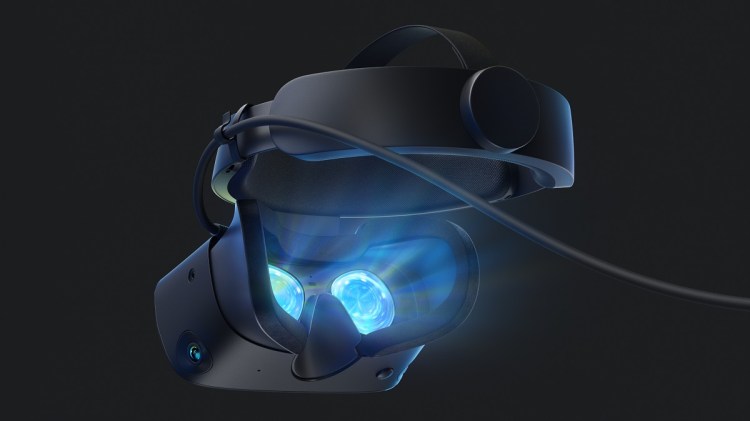Since leaving Oculus in 2017, consumer virtual reality pioneer Palmer Luckey has occasionally used his personal blog to discuss minor and not-so-minor issues at the company he founded. Today’s concern: The redesigned Oculus Rift S headset won’t properly fit around 30 percent of users’ eyes, up dramatically from the original Rift’s roughly 10 percent.
As Luckey puts it, Rift S “is going to be a great HMD … for about 70 percent of the population,” a conclusion based on both his personal involvement in developing the original Rift and Ansur’s research on users’ interpupillary distances (IPDs). While Rift featured a mechanical IPD adjustment system that moved its lenses to accommodate between 58mm and 72mm eye distances, Rift S sets the lenses at a fixed 64mm distance from one another.
Offering the adjustment enabled Rift to perfectly accommodate all users within the 5th to 95th percentiles of eye spacing, which Luckey says he personally found necessary. While he needed an IPD distance of 70mm, a close friend was at 59mm, and by accommodating that spread, almost everyone could use the first model.

By comparison, Rift S’ fixed 64mm setting is right around the mean of Ansur’s study participants, but suboptimal for everyone whose eyes are closer together or further apart. Luckey notes that Rift S’ optics will be “perfect for a perfectly average person,” but “anyone close will deal with minor eyestrain problems that impact their perception of VR at a mostly subconscious level.” While Oculus is claiming that software IPD adjustment will help, Luckey says that it won’t fix most of the issues and that the same design decision has precluded him from using the Oculus Go.
After explaining four potential options — mechanical IPD adjustment, custom sizing, a different (and more IPD-tolerant) optical design, or ignoring the problem — Luckey says that custom-sized headsets “will dominate the VR industry in the long run,” for the same reason people don’t wear one-size-fits-all unisex jumpsuits. While Sony succeeded by using a more tolerant optical design for PlayStation VR, Luckey believes Rift S should have shipped in more than one size to provide a better experience, like Magic Leap One.
The fixed IPD issue isn’t unique to Rift S, he notes, but this is the first time it has become the norm for Oculus’ flagship headset, notably the only top-of-line device the company will sell to those invested in the Oculus software ecosystem. Unless “IPD+” and “IPD-” versions of Rift S are made, he suggests people with IPDs outside the average stock up on original Rift headsets while they still can.

